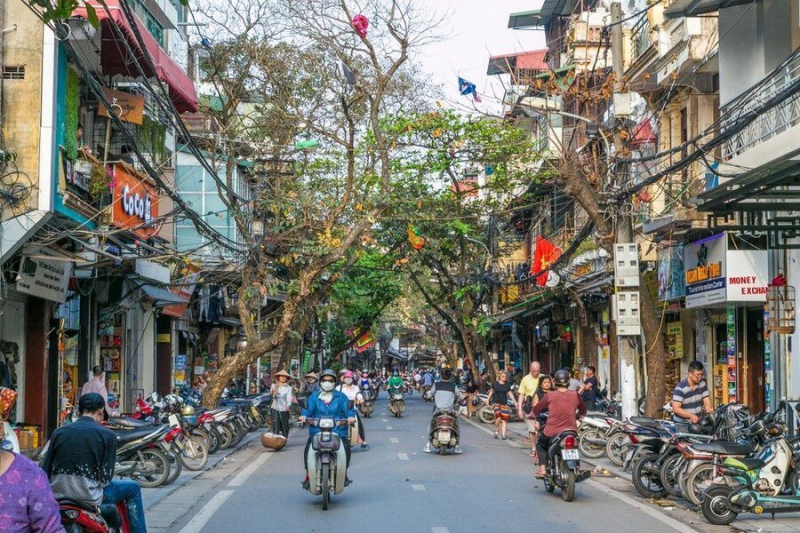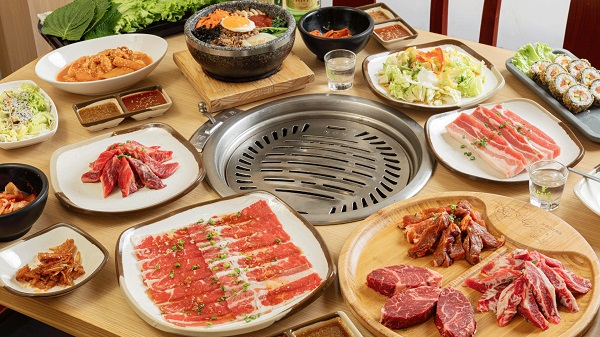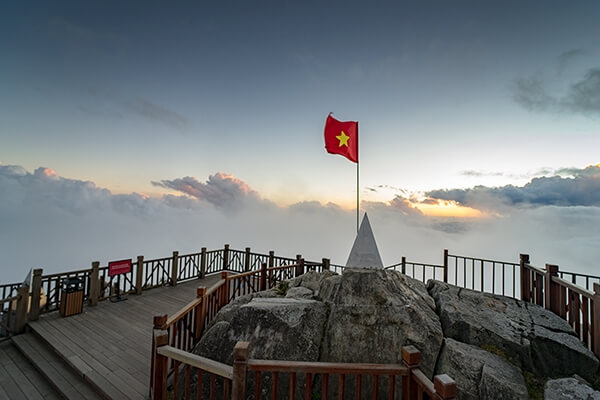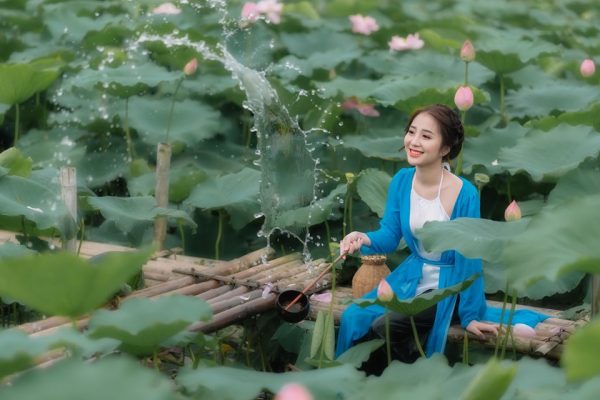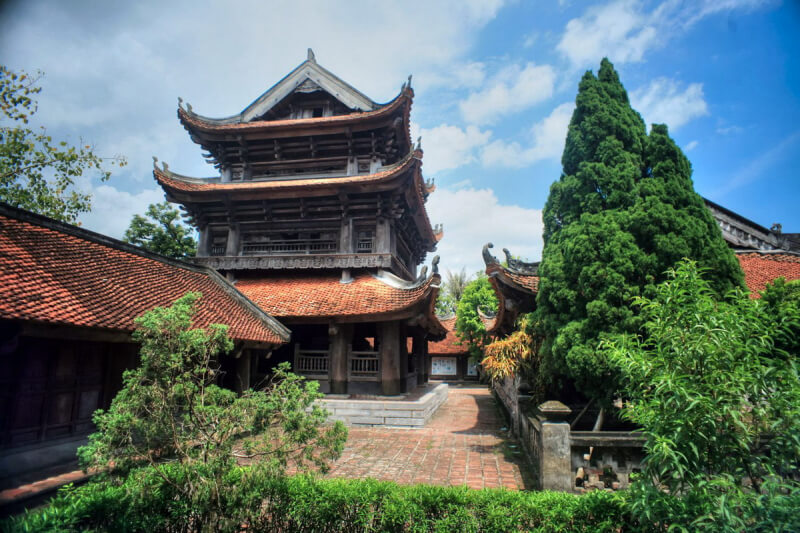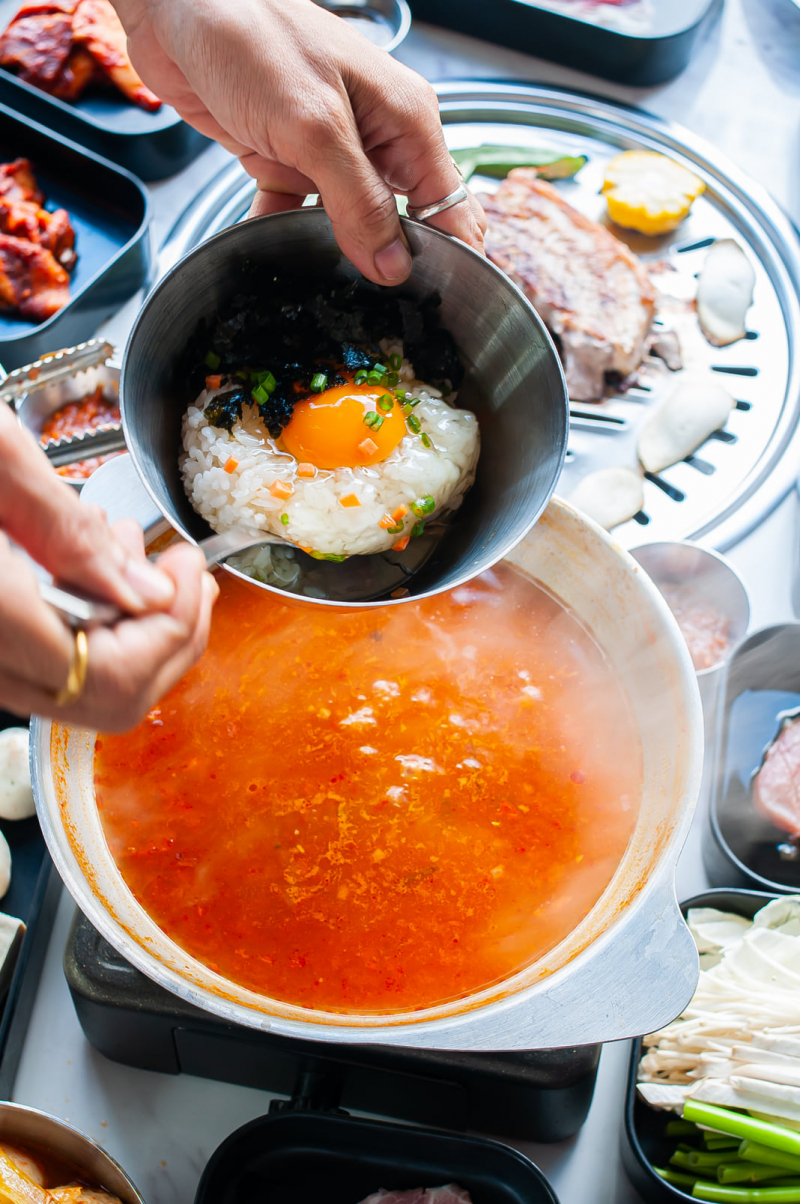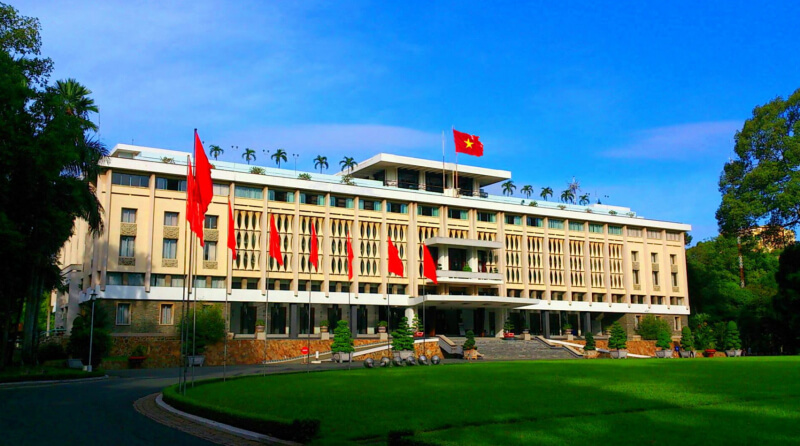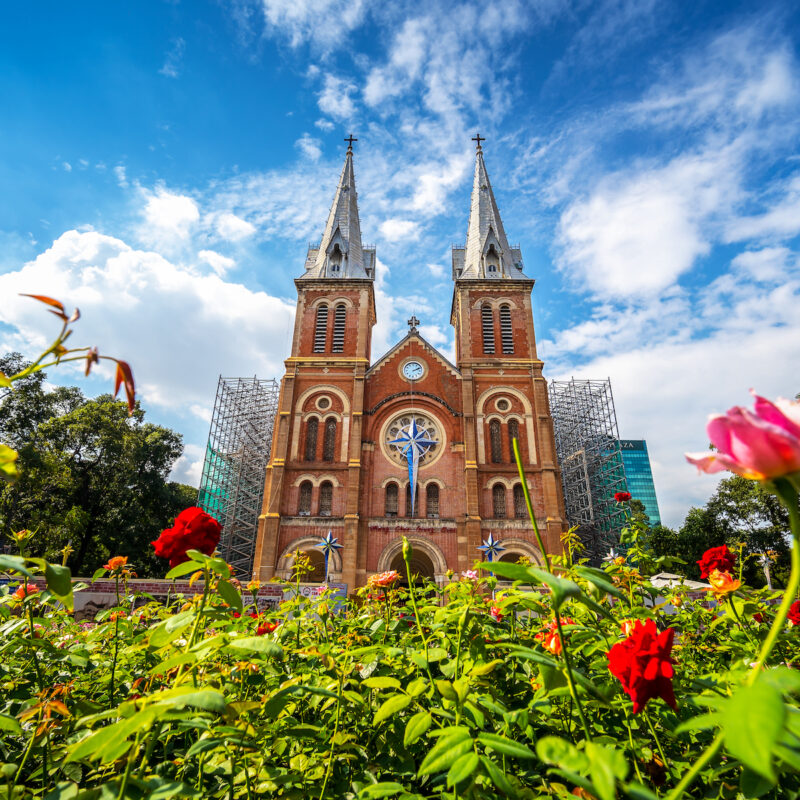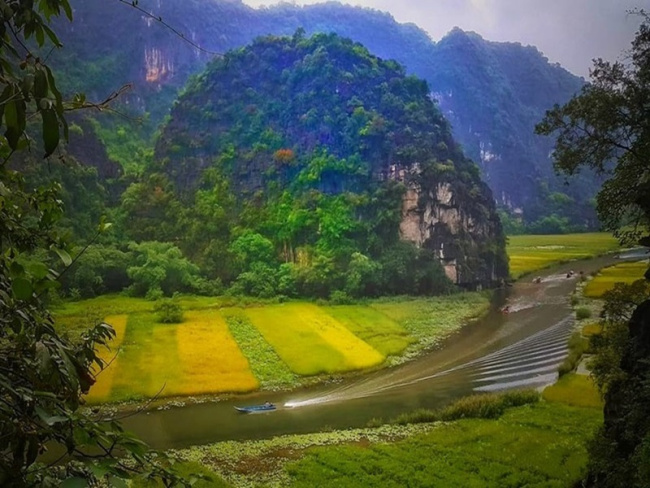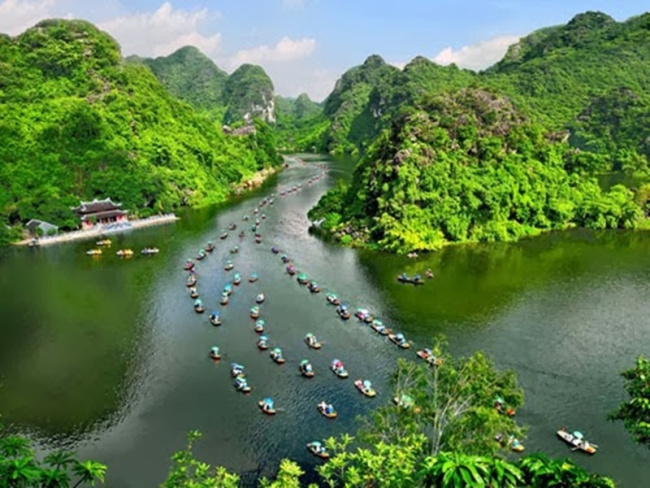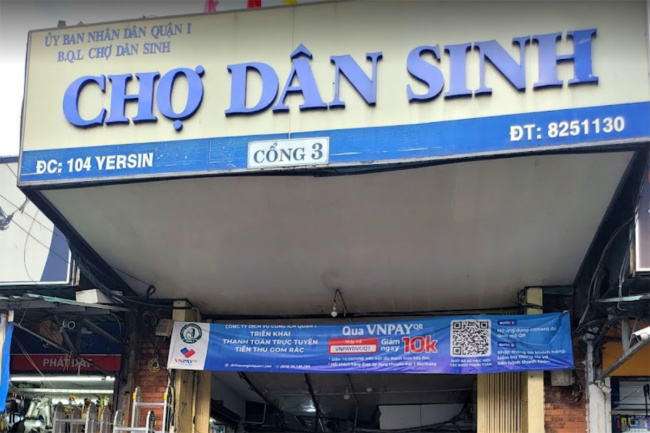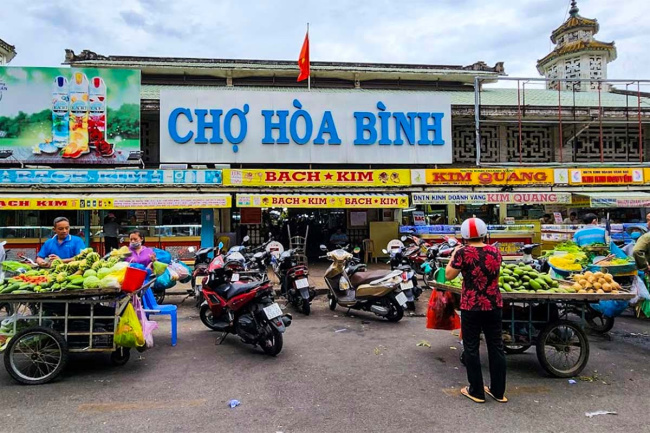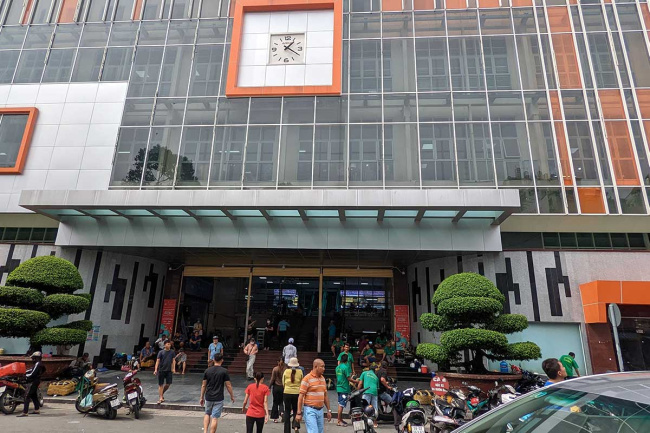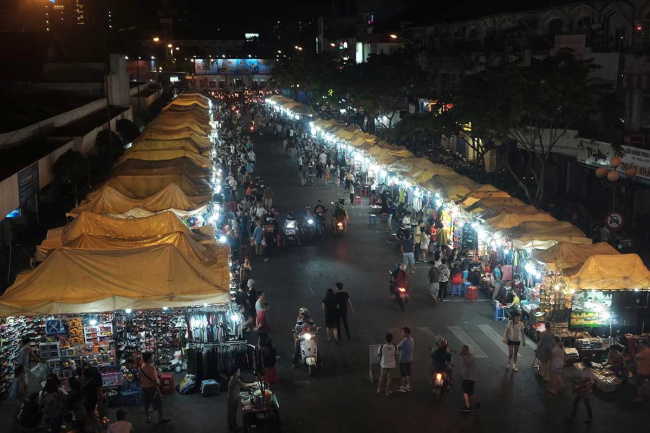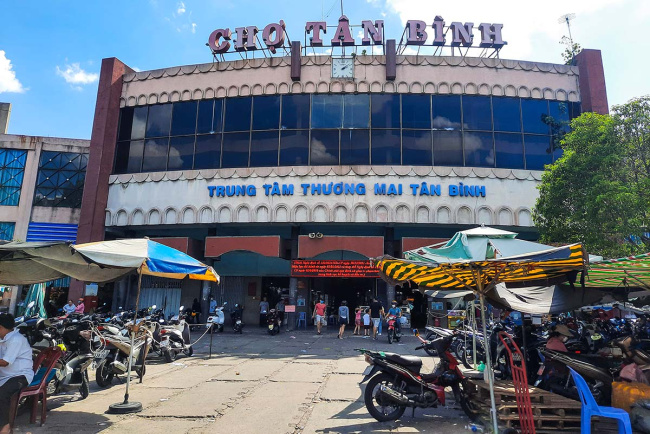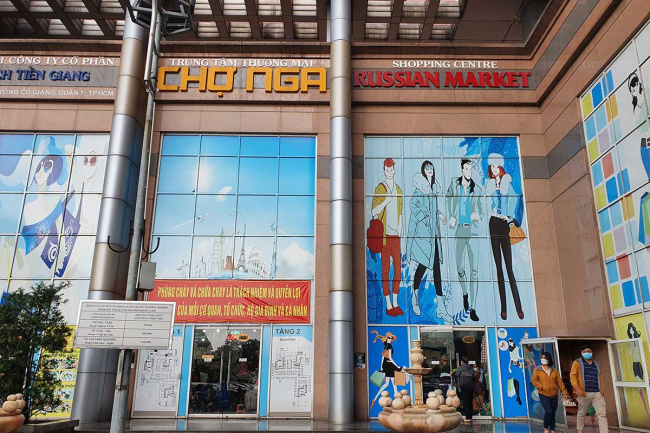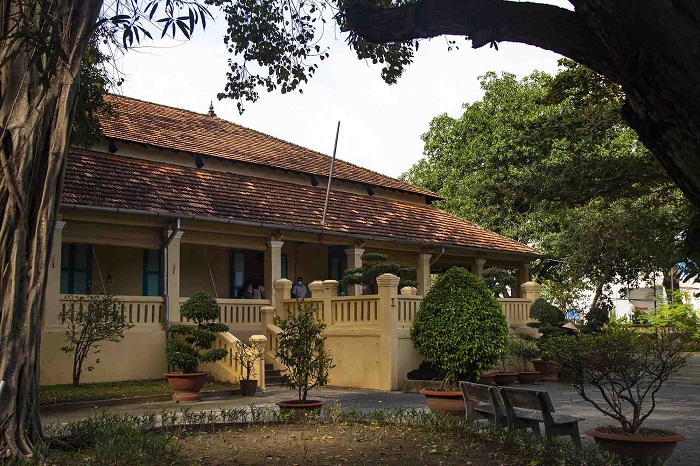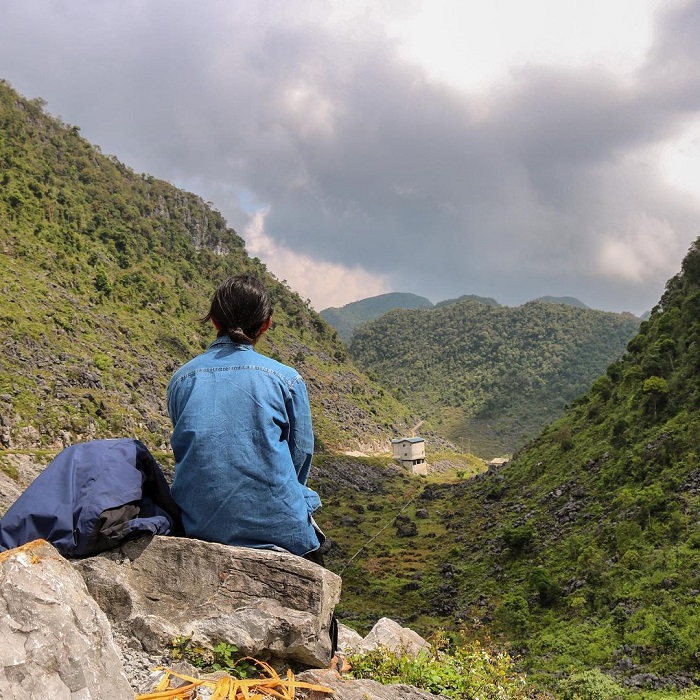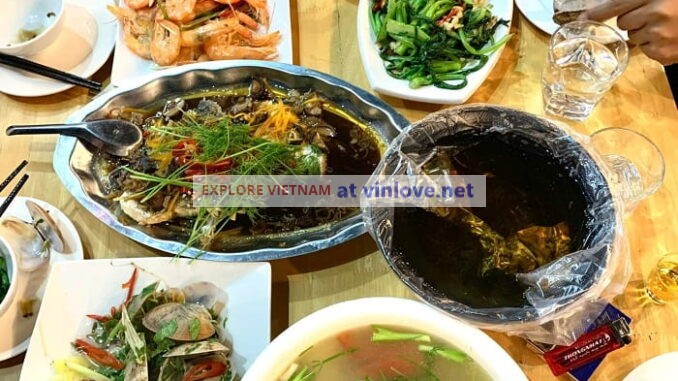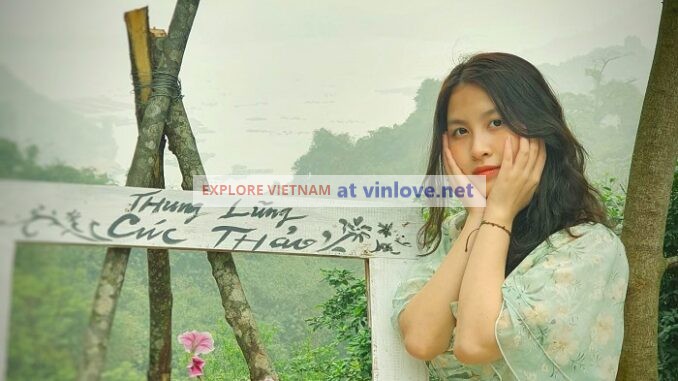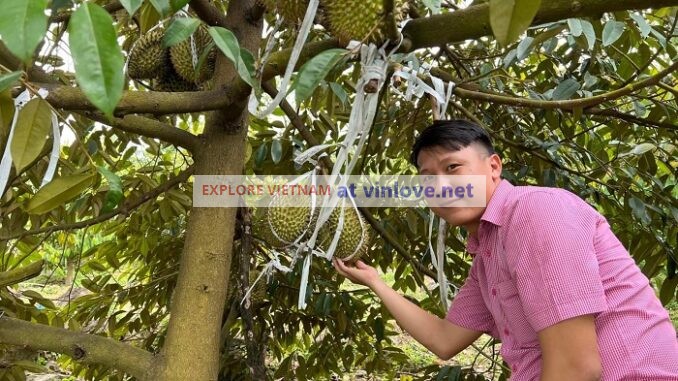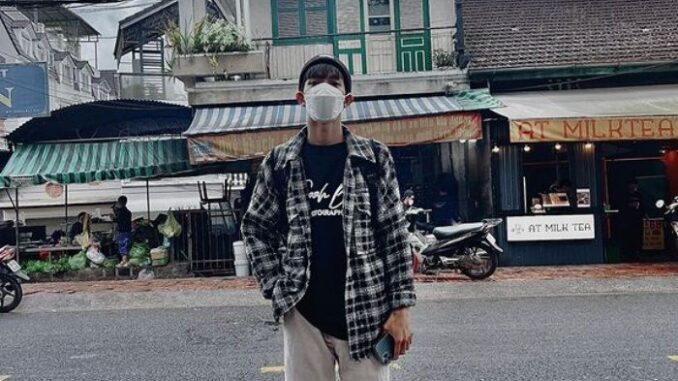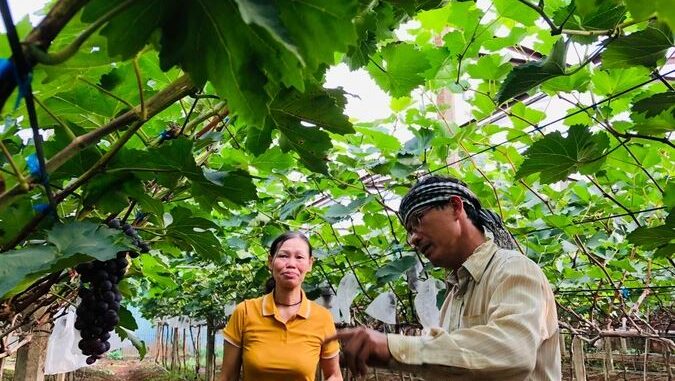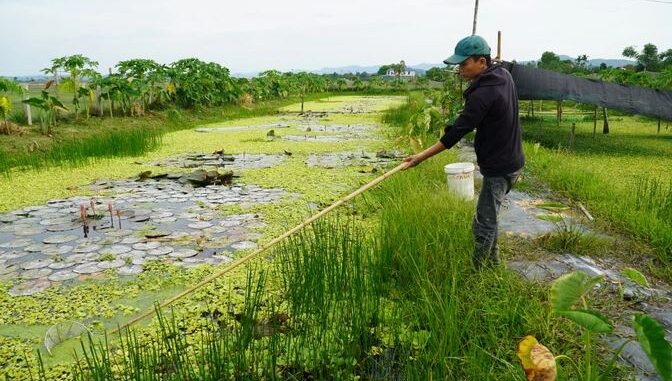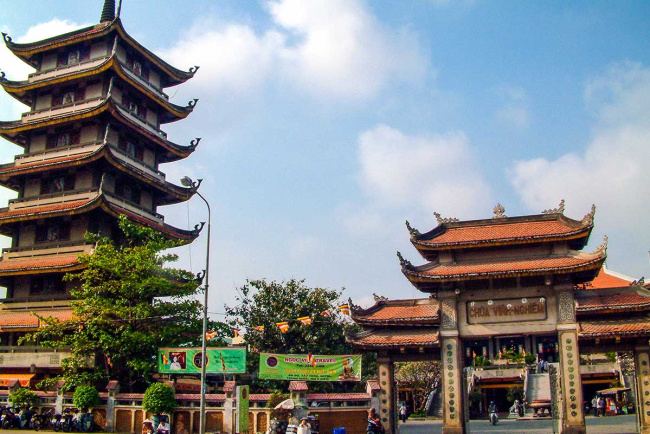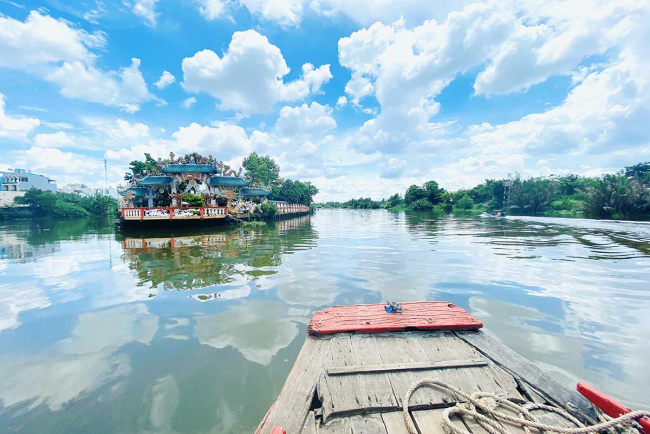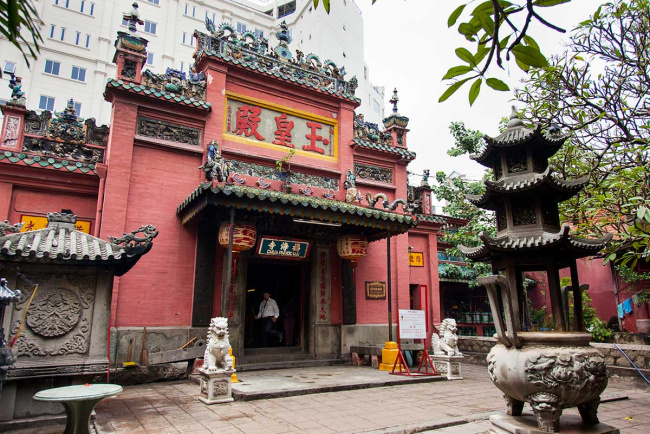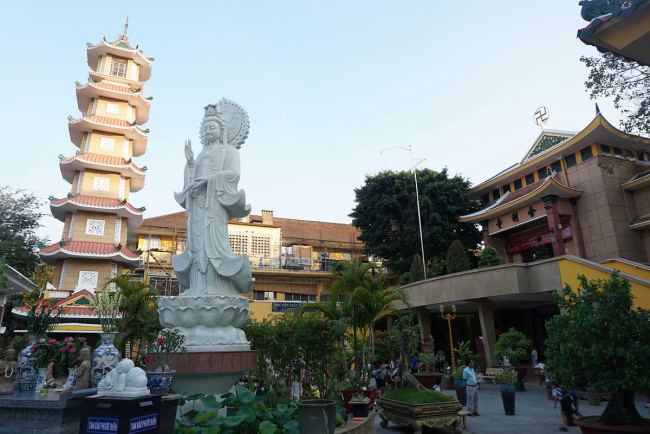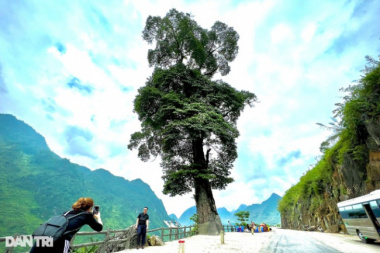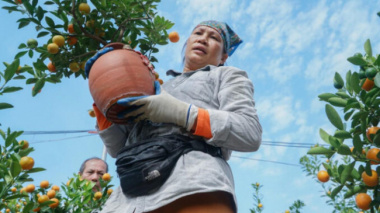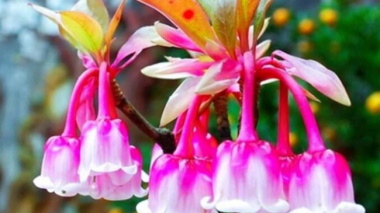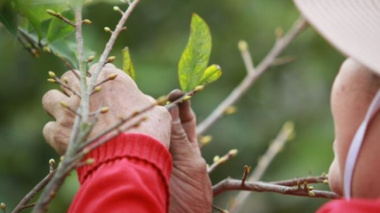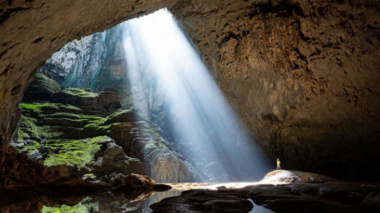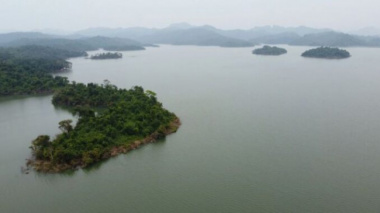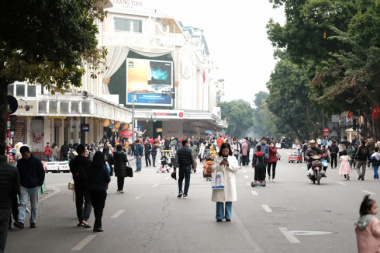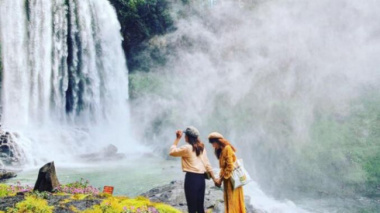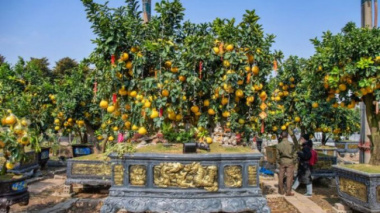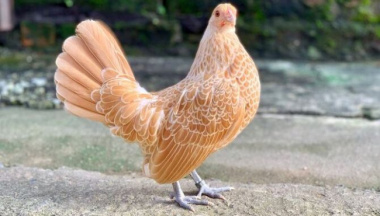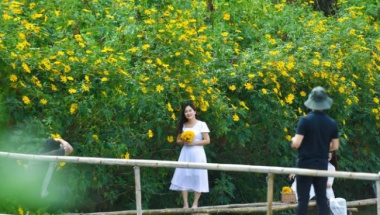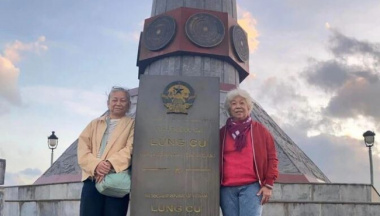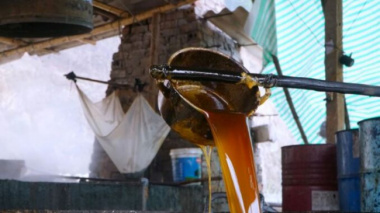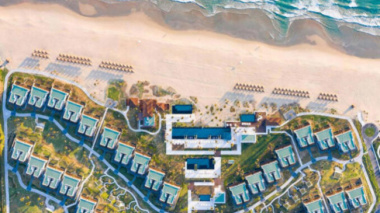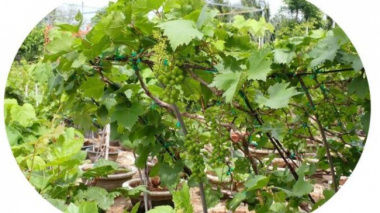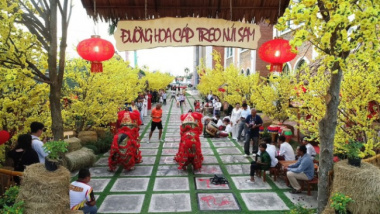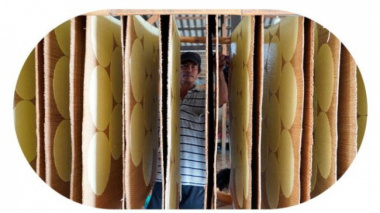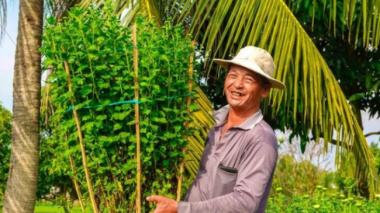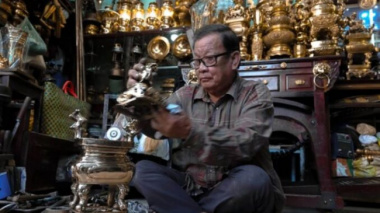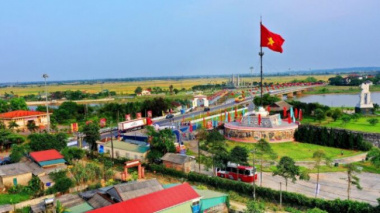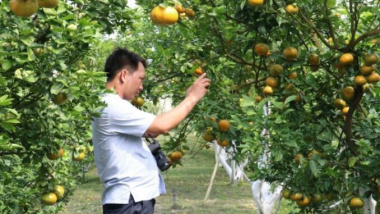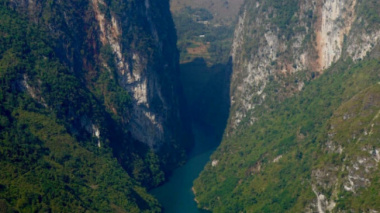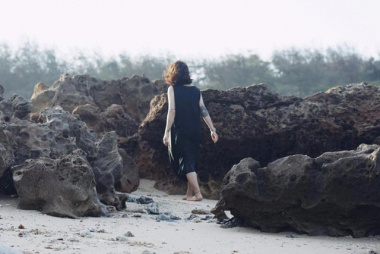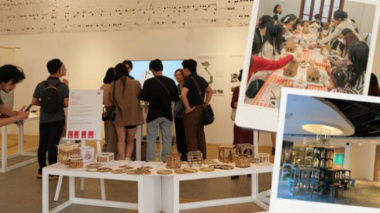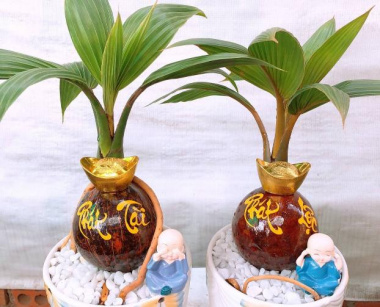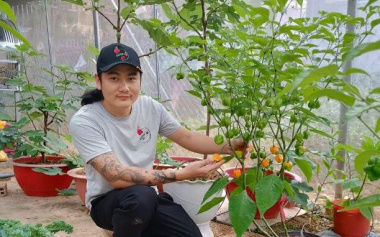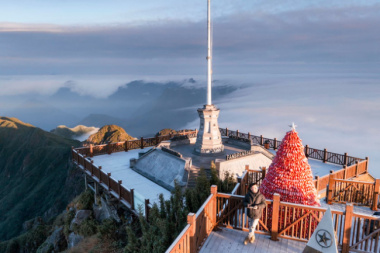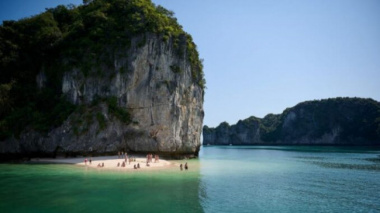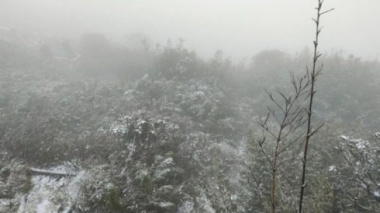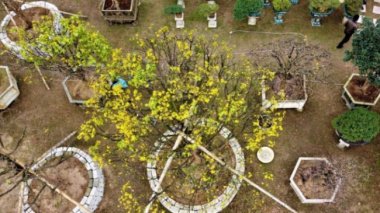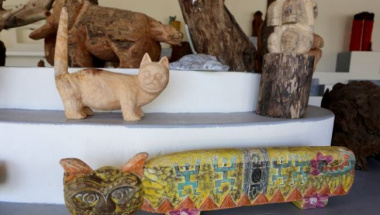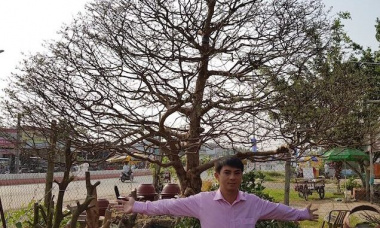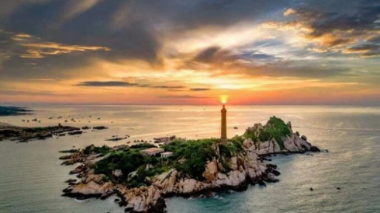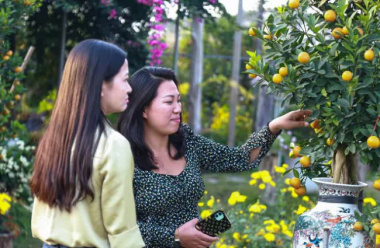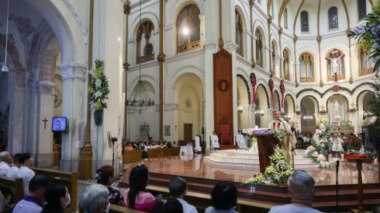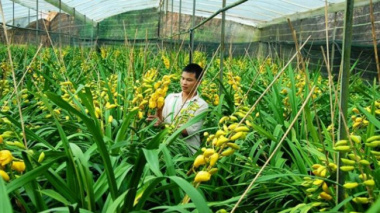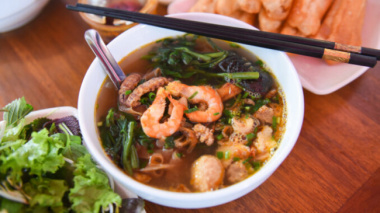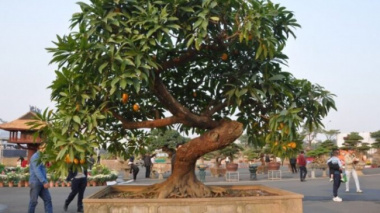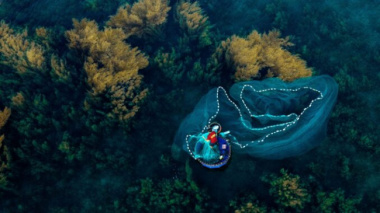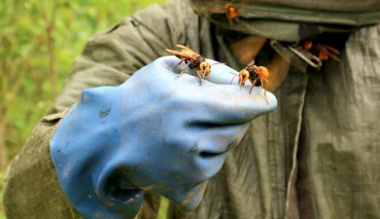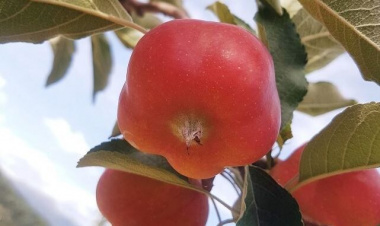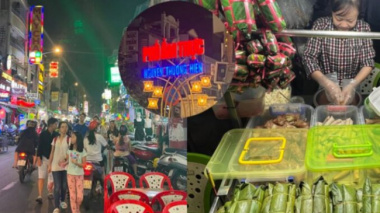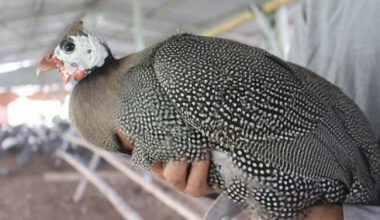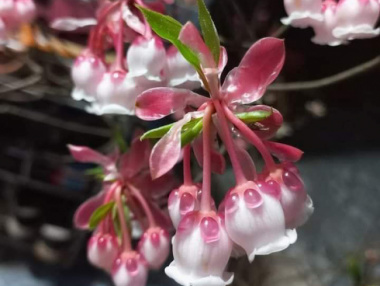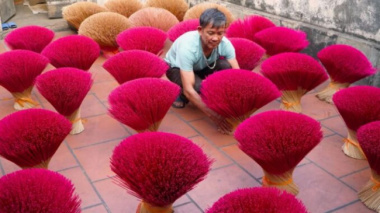Thai Nguyen Province, Vietnam
- How to Get to Thai Nguyen
- Capital City
- Famous Places in Thai Nguyen
- Dinh Hóa District
- Phô Yên
- Sông Công City
- Main Attractions
- Hang Pagoda
- Phuong Hoang Cave
- Tam Dao National Park
- Xinjiang Tea Hill and Culture Space
- Special Events
- Activities in Thai Nguyen Province
- Latest in Thai Nguyen Province
Directly north of Hanoi, Thai Nguyen Province is a mountainous region with rich mineral resources, high-ranked education centers, and a booming tea industry. As a province that is favored to grow because of national and international investors, Thai Nguyen has a steady tourist industry for both business and leisure travelers.
Outside of the cities, the mountainous province’s landscape, large lakes, thick forests, and impressive caves add to the allure of Thai Nguyen.
How to Get to Thai Nguyen
Thai Nguyen is a small province in the Northeast Region of Vietnam. Situated inland, the mountainous province covers an area of about 3,527 sq km (1,362 sq mi). With a population of nearly 1.3 million people, Thai Nguyen’s blend of both populated cities and rural communities provides ample opportunities to explore and learn more about the regional history.

Tour boats on Núi Côc Lake. Photo: Joel Bradshaw
Additionally, the proximity of Thai Nguyen Province to Hanoi makes it an important part of the socio-economic exchange in Vietnam’s capital and the Red River Delta Region. Hanoi, the country’s capital, is just 1.25 hours directly south of the province. Driving is the most popular way for travelers to get to Thai Nguyen from Hanoi, but trains are another option.
History
Historically, Thai Nguyen has been a province known for its rebellions. Strongly resisting foreign forces, the province famously began its revolt in the latter half of the 1800s when French colonialism started. The first acts against the French began in 1885 with the Can Vuong movement, which sought to gain Vietnam’s independence with a young prince at the helm.
A few decades later, the province would become even more well-known due to the Thai Nguyen Uprising, which began in 1917. Often said to be the “largest and most destructive” anti-colonial rebellion in Vietnam, the Thai Nguyen Uprising occurred at the provincial penitentiary and was led by Quyen and Can.
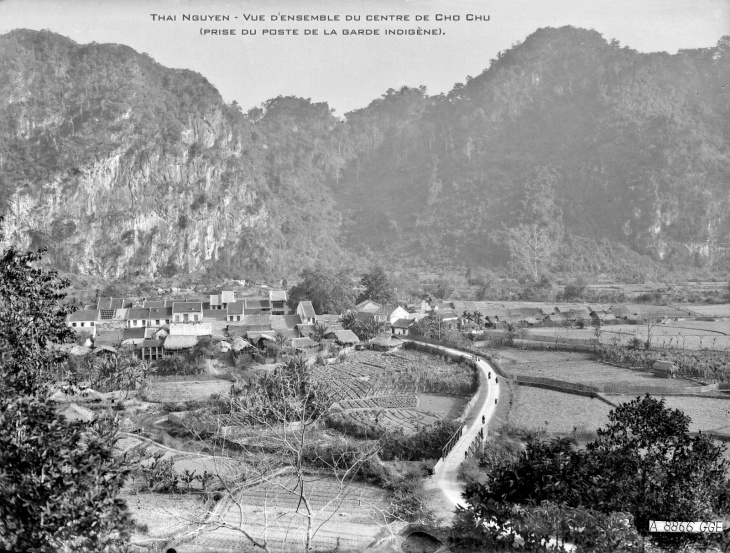
Historic photo of the Thái Nguyên Province, Vietnam. Photo by: manhhai.
The men gathered prisoners, common criminals, and insubordinate guards to join them in their rebellion. Taking control of the Thai Nguyen Penitentiary, the campaign was initially successful, however, victory was short-lived. Within one week, the French reinforcements regained control of the prison, killing many rebels including Quyen.
While fighting at the prison ended on the 7th day, the French were unable to take the countryside until 6 months after the uprising. Several months after the rebellion, Can, the second leader, died by suicide to avoid French capture. In the aftermath, Quyen and Can became national heroes, defining a new area for anti-colonial rebellions.
Today, both are still honored throughout the province and country. For visitors who want to learn more, touring the local museums and sites is a great way to interact with the provincial history.
Fun Facts
- Ranked third in Vietnam, Thai Nguyen Province has 21 universities and colleges.
- Thai Nguyen is a multi-ethnic province with 8 groups currently living in the area.
- Thai Nguyen Province produces Vietnam’s finest quality tea with over 100,000 tons harvested and dried each year.
Capital City

Museum of Culture in Thái Nguyên City. Photo by: .
The 9th largest city in Vietnam, Thai Nguyen is the provincial capital of the Thai Nguyen Province. Sitting closer to the northern border, about 79 km (49 mi) from Hanoi, and ranked as first-class, it’s the largest city in the province and is renowned for its tea, which is called Tân Cuong. A permanent population of 420,000 people makes the city a busy destination for travelers.
Boasting an urban environment, the tourism sector in Thai Nguyen City has been built around a few cultural, historical, and local attractions. there are also a few streets, including the main tourist area and Coffee Street, that have become popular destinations. The city’s main attractions are the Museum of Cultures, Dai Phun Nuoc Fountain, and Heroes Monument.
Picturesque and beautiful, the museum, fountain, and monument are attractive backgrounds for photographs. As a large metropolitan area, Thai Nguyen City has numerous hotels and hostels centered around the busiest tourist areas. Travelers can between various highly-rated and reviewed establishments rating from one to three stars.
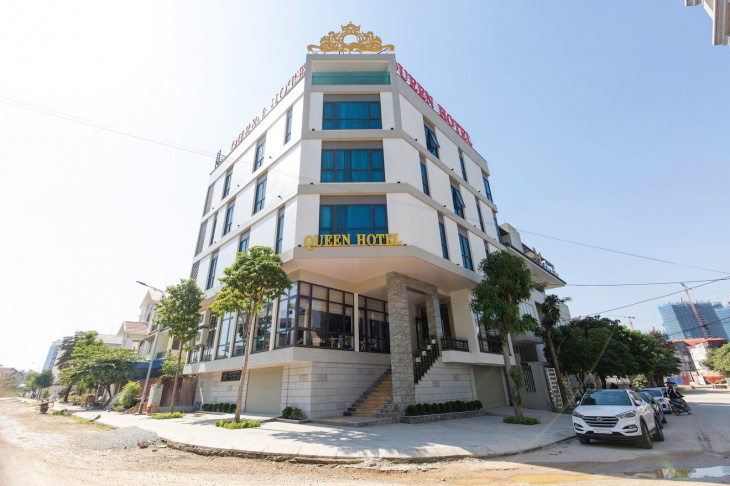
Queen Hotel Hoang GIa. Photo: Queen Hotel Hoàng Gia – Thái Nguyên
Thai Nguyen City’s best accommodations are Queen Hotel Hoàng Gia, Queen Hotel, Tung Duong Hotel, Galaxy Hotel Thai Nguyen, and Dông Duong Hotel. Additionally, the city is host to many restaurants with dynamic menus and quality chefs.
Infusing traditional Vietnamese meals with international dishes, the city’s restaurants are well-liked by travelers because of their upbeat vibes and cool atmospheres. The best restaurants in Thai Nguyen City are Nhà Hàng Biên Xanh, 288 Restaurant, Pho Duyên Restaurant, Thu Nguyên, Pizza Online Thái Nguyên, and BanhmeeNgon-Grill&Chill.
Famous Places in Thai Nguyen
A historical and beautiful province, Thai Nguyen has several popular destinations outside of the capital city. With urban and rural landscapes open for exploration, travelers in the province can enjoy everything it has to offer. Some of the best places to explore in Thai Nguyen are Dinh Hóa District, Phô Yên Town, and Sông Công City.

Doum Temple. Photo: Nguyễn Thanh Quang
Dinh Hóa District
The Dinh Hóa District is in the far northeast part of the Thai Nguyen Province, close to the border with the Bac Kan Province. Deemed to be a Historical Safe Zone, Dinh Hóa is famous for being the home of Ho Chi Minh who lived in the Tin Keo Village during the Resistance War against France.
Boasting an impressive view, the village sits atop a hill where it has been preserved and marked as a historical tourist attraction.
Phô Yên
Phô Yên is the third-largest urban area in Thai Nguyen Province. Well-known for its rural landscapes and communities, the quiet countryside is a popular destination for eco-tourists traveling to Núi Côc Lake, which is in the Tam Dâo National Park. Additional attractions near Phô Yên are the Soc Son Temple and Hô Hàm Lon Lake.
Sông Công City
A class-3 city in the Thai Nguyen, Sông Công is close to the province’s southern border. Tourists are drawn to Sông Công because of the Công River landscapes and cultural attractions, which include the Thai Hai Reserve Area and Ghenh Che Lake. The second-largest city in the province, Sông Công has an established tourism sector with hotels and restaurants catering to travelers.
Main Attractions

Waterfall on the Mo Ga Stream. Photo by: khoi tranduc.
While many of the attractions in Thai Nguyen Province are historical or natural, there are a few manmade options to visit. Apart from epic natural sights like Tam Dao National Park and the Phuong Hoang Cave, visitors might want to tour manmade beauties like the Xinjiang Tea Hill and Hang Pagoda.
Hang Pagoda
Just over 2km (1 mi) outside of the city, Hang Pagoda is a religious attraction that hosts an entrance to the “sacred Buddha’s door”. Spiritually significant, visitors travel to the pagoda to view the landscape and ornate architecture, which was carved from a cave underneath the mountains. Inside the caves, there are two statues that represent good and evil as well as shrines to Buddha.
Phuong Hoang Cave
Underneath the Phuong Hoang Mountain, Phuong Hoang cave has become one of Vietnam’s national treasures. Filled with stalactites, it’s also home to the Mo Ga stream, which flows through the cavern. A little over an hour outside of Thai Nguyen City, tourists can zigzag through the cavern and swim in the stream.
Tam Dao National Park
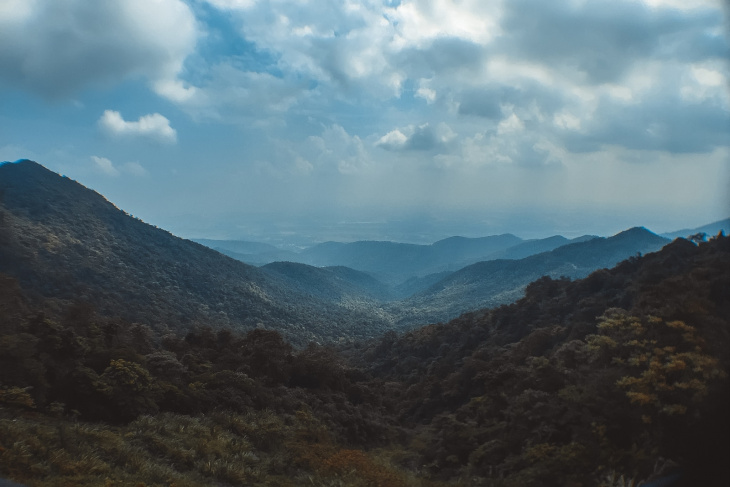
Mountain landscape in the Tam Dao National Park, Thái Nguyên Province, Vietnam. Photo by: Huy Lee.
Covering an area of about 369 sq km (142 sq mi), Tam Dao National Park is shared between multiple provinces in Northern Vietnam. Tam Dao’s main town is within Vinh Phúc Province, however, the part of the national park that makes Thai Nguyen famous is the Núi Côc Lake, which has 89 islands, fountains, an animal park, and Fairy Tale House Water Park.
Only 26 km (16 mi) to the west of Thai Nguyen City, the lake is technically a part of Tam Dao National Park. At the lake, tourists will find that it has been divided into two areas. The northern bank of Núi Côc Lake is a touristy area where there are resorts, guest houses, and a water park. The southern bank is much quieter and less developed.
Xinjiang Tea Hill and Culture Space
Part manmade and part natural, the Xinjiang Tea Hill and Culture Space are two destinations that aren’t too far apart. Tourists usually stop first at the Tea Hill where the verdant rows of tea leaves make for the perfect Instagram background.
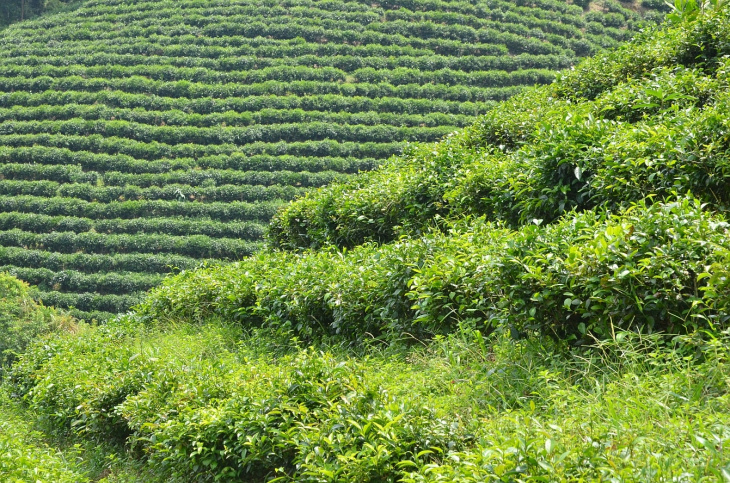
Tea Hills in the Thái Nguyên Province, Vietnam. Photo by: NoDurians.
After visiting the hill, tourists can head down the road to the Xinjiang Tea Culture Space to learn more about how the plant is cultivated and produced throughout the Thai Nguyen Province. Visitors can also access the tea tasting area, where there are dozens of selections of freshly brewed tea waiting to be tasted.
Special Events
In tune with the province’s main agricultural product, the biggest celebration in Thai Nguyen is the Tea Festival. Held every two years in the last days of November, the festival changes location whenever it’s celebrated, though, more often than not, it’s held in Thai Nguyen City.
Displaying Thai Nguyen tea products, the festival is also a time for locals to demonstrate tea ceremonies, performances, and contests. During the festival, it’s popular for visitors to tour the tea villages and participate in various activities. In more recent years, the festival has drawn a more international crowd as tea products from countries all around the world are displayed.
Weather
Thai Nguyen Province, like much of Vietnam, has a wet and dry season throughout the year. The wet season, which starts in May and lasts until October, is the least popular time for tourists because the weather is rainy, humid, and hot. Far more tourists will visit the province from November to April when the temperatures are cooler and there is less rain.
The months of November, December, and January tend to be the busiest time for tourists because of local and end-of-the-year festivities.

Verdant fields in the Thái Nguyên Province. Photo: Hiệp Nguyễn
A leisurely destination, Thai Nguyen Province boasts a stunning landscape and unique local tea culture. For those who are looking to escape Hanoi and explore more of Northern Vietnam, Thai Nguyen is the perfect destination because it’s not too far away. With its immense caves, glassy lakes, and vibrant tea fields, this province charms and dazzles every visitor.
Activities in Thai Nguyen Province
National Parks:
Towns:
Latest in Thai Nguyen Province
View more Thai Nguyen Province articles
Đăng bởi: Như Trần


